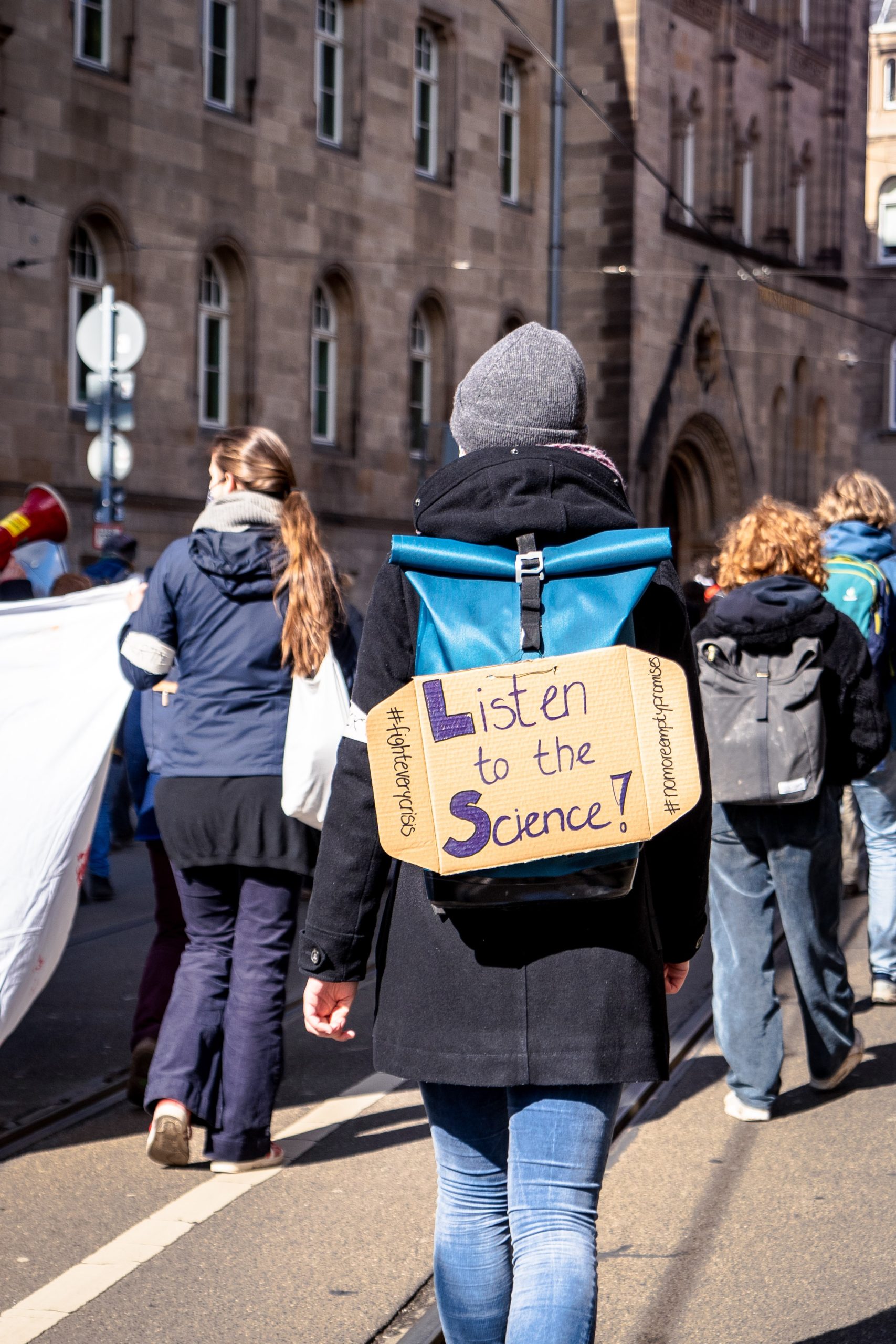Introduction: In a world where governmental decisions reverberate through society, it is essential to dissect the implications of policy measures and their lasting effects on the social fabric. From economic reforms to social welfare programs, every policy has the potential to shape lives, influence communities, and drive change. In this article, we embark on a journey to decode government actions, shedding light on the often unseen social impact of policy measures.
Understanding the Context: Before we delve into the intricacies of policy impact, it is crucial to recognize the multifaceted nature of governance. Governments operate in complex systems, addressing diverse issues such as healthcare, education, environmental protection, and economic growth. Their decisions are guided by a myriad of factors, including public opinion, political considerations, and expert advice.
Unveiling the Social Impact: To unravel the social impact of policy measures, one must examine both the intended and unintended consequences. While governments may have noble intentions behind their actions, unanticipated outcomes can occur due to various factors. Here are a few key aspects to consider when analyzing the social impact of government policies:
- Inequality and Redistribution: Policies can either exacerbate or alleviate social inequalities. By examining how resources are allocated and redistributed, it becomes apparent whether governments are addressing societal disparities or perpetuating them. In-depth analysis of income distribution, access to essential services, and social mobility can reveal the true effects of policy measures on different segments of society.
- Health and Well-being: Government actions often have a profound impact on public health and well-being. Policies related to healthcare accessibility, disease prevention, and mental health support directly affect the physical and mental welfare of citizens. Evaluating these measures can shed light on the effectiveness of government interventions in promoting a healthier society.
- Education and Skill Development: Education is a powerful tool for societal transformation. The policies implemented by governments in the education sector shape the intellectual landscape of a nation and impact future generations. By scrutinizing policies related to curriculum development, access to quality education, and vocational training, one can assess the potential for social upliftment and economic progress.
- Environmental Sustainability: The policies enacted by governments play a pivotal role in determining the state of the environment. Measures aimed at mitigating climate change, protecting natural resources, and promoting sustainable practices can have far-reaching consequences for the well-being of communities and future generations. Evaluating the environmental impact of policy measures is essential in understanding their social implications.
- Community Engagement and Participation: The level of citizen engagement and participation in policymaking processes is a vital aspect of social impact. Policies that encourage inclusivity, transparency, and public consultation foster a sense of ownership among citizens and can lead to more effective outcomes. Examining the degree of citizen involvement can unveil the democratic nature of government actions and their resonance within society.
Conclusion: Decoding government actions and understanding their social impact is a critical task for journalists and citizens alike. By analyzing policies through the lens of inequality, health, education, environment, and community engagement, we can gain a comprehensive understanding of their effects on society. This knowledge empowers us to engage in informed discussions, hold governments accountable, and advocate for policies that promote social progress and equality. As we navigate the ever-changing landscape of governance, let us continue to unveil the social consequences of policy measures and strive for a better, more inclusive future.




